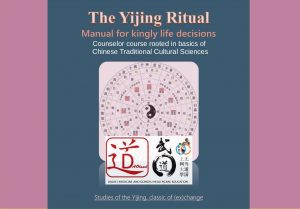The Tortoise as symbol for immortality
Lorem ipsum dolor sit amet,sed diam nonumy eirmod tempor invidunt ut labore et dolore magna aliquyam erat, At vero eos et accusam et justo duo dolores et ea rebum. Lorem ipsum dolor sit amet, no sea takimata sanctus est Lorem ipsum dolor sit amet. Stet clita kasd gubergren, no sea takimata sanctus est Lorem ipsum dolor sit amet. no sea takimata sanctus est Lorem ipsum dolor sit amet. no sea takimata sanctus est Lorem ipsum dolor sit amet. sed diam voluptua.

For the Chinese, the tortoise is sacred and symbolizes longevity, power, and tenacity. It is said that the tortoise helped Pangu (also known as P’an Ku) create the world. The story goes like this:
The creator goddess Nuwa or Nugua cuts the legs off a sea turtle and uses them to prop up the sky after Gong Gong destroys the north-western mountain that had supported the sky. That action is why the big rivers from China all start in the North-west! The flat plastron and domed carapace of a turtle parallel the ancient Chinese idea of a flat earth and domed sky.
For the Chinese as well as the Indians, the tortoise symbolizes the universe. Quoting Ben Cao, “the upper dome-shaped part of its back has various signs, which correspond with the constellations on the sky, and this is Yan; the lower part has many lines, which relate to the earth and is the Yin. The symbol we also find back in the Yijing. I can advise you to study the Yijing counsellor course if you are interested in these things. Follow this link for more information

The tortoise is one of the “Four Fabulous Animals”,[1] the most prominent beasts of China. These animals govern the four points of the compass, with the Black Tortoise the ruler of the north, symbolizing endurance, strength, and longevity. The tortoise and the tiger are the only real animals of the four, although the tortoise is depicted with supernatural features such as dragon ears, flaming tentacles at its shoulders and hips, and a long hairy tail representing seaweed and the growth of plant parasites found on older tortoise shells that flow behind the tortoise as it swims. The Chinese believe that tortoises come out in the spring when they change their shells, and hibernate during the winter, which is the reason for their long life.[2]
The symbol of the turtle isn’t specific for China. Around the world the tortoise and/or turtle can be seen as a symbol of wisdom and knowledge, and is able to defend itself on its own. It can be regarded as personifying water, the moon, the Earth, time, immortality, and fertility. Turtles were allready presented in rock art.
The psychoanalyst Carl Gustav Jung interpreted the turtle as the primordial chaos, the alchemical massa confusa, noting that the Hindi Trimurti has a turtle at the bottom, from which everything else grows through transformation. But for us, the Daoist ideology of the turtle is most important, Carrir of the world, symbol of immortality.







